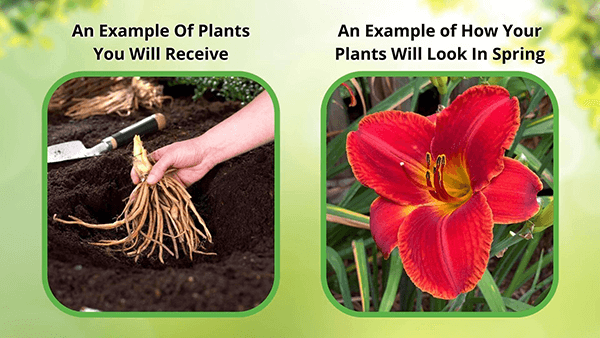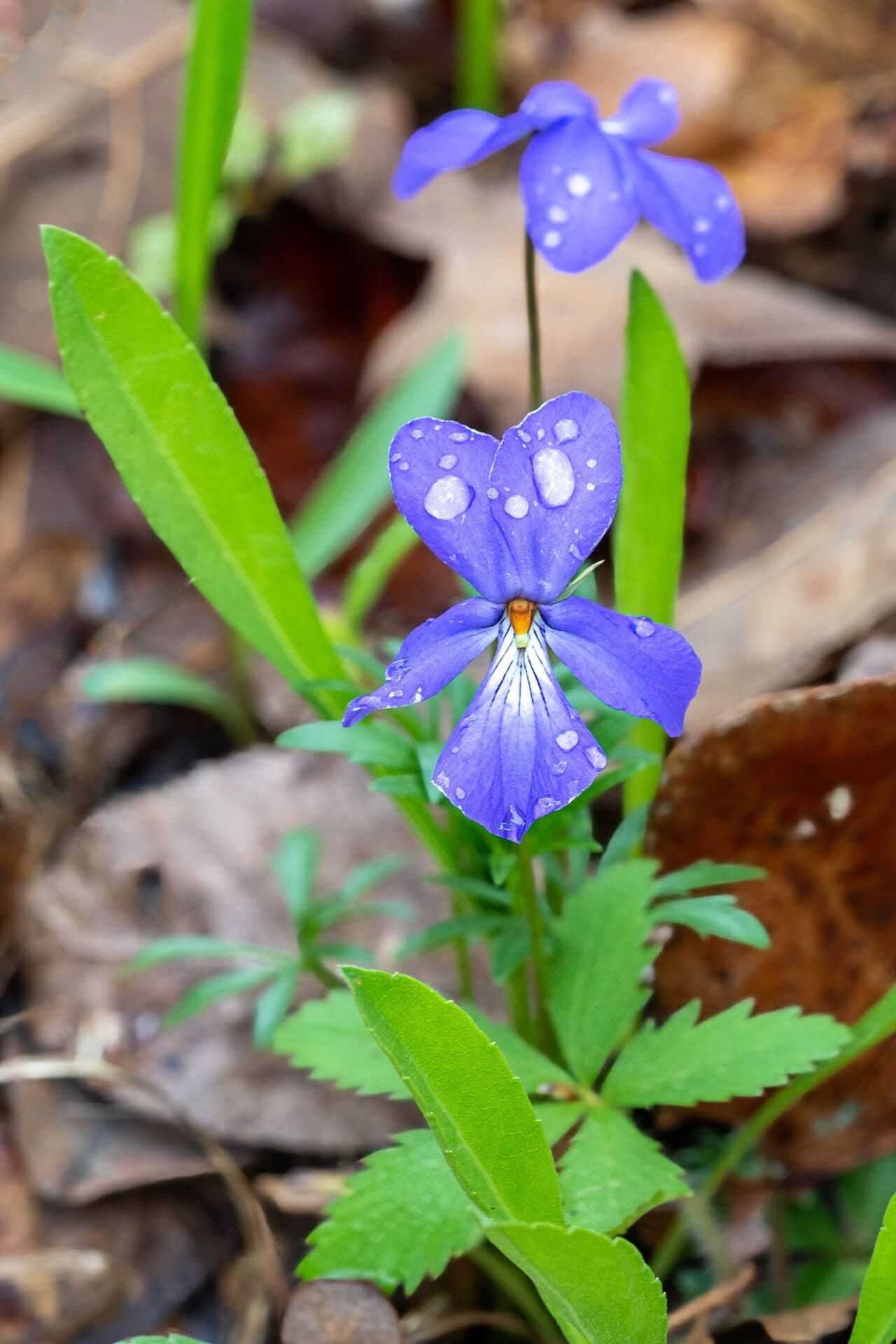Bird's Foot Violet
Bird's Foot Violet
| Order | Percentage Discount | ||
|---|---|---|---|
| 2-5 | 25% Off | ||
| 6-10 | 30% Off | ||
| 11-25 | 35% Off | ||
| 26-50 | 45% Off | ||
| 51+ | 65% Off | ||
Couldn't load pickup availability
5-7 Days
Under 12"
Sun or Shade
4-8
Flowering
Bare-root
Bird's Foot Violet - Viola Pedata
Bird's foot violet is a native wildflower in North America, particularly in the eastern United States. It is also commonly known as violet, foot violet, and pedate violet. The plant is named for its unique leaves, which are deeply divided into narrow, finger-like lobes that resemble the toes of a bird's foot.
Growth and Shape
The plant produces a low, compact rosette of foliage, with individual leaves reaching up to 6 inches long. The plant sends up several stems in early spring, each topped with a single flower. The flowers are small, typically no more than 1 inch in diameter, and are a pale shade of blue or lavender. Depictive dark lines on the lower petals serve as a nectar guide for pollinators.
Planting Bird's Foot Violet
They are fragile and offer a beautiful carpet-like appearance wherever you plant them. They are easy to grow and are native perennials, thus meaning they are easy to thrive. It represents well-drained soil and partial shade and can be found in various habitats, including open woods, meadows, and prairies. It is a relatively long-lived perennial, with individual plants typically living for over 5-6 years. However, it readily self-seeds and can form large colonies over time. It is a food source for native pollinators, including bees and butterflies.
Benefits
They are a low-lying perennial that tends to clump together. They bloom from April to June and sometimes can bloom again in the fall. They grow wild and are also used as groundcovers by homeowners. They are great as groundcovers because they are spread by rhizomes, which stem under the ground and grow sideways; these rhizomes can send up new stems, which make new plants.
Appearance
This plant grows best in climate zones three through nine. The dainty flower leaves have a definite separation; petals range from pale to dark violet with an orange center. The flower appears relatively flat and is 1-1 ½ inches in circumference. They grow 3 to 4 inches tall and 6 inches wide on average.
The flower leaves are roughly ¾ to 2 inches long. The flower has five petals; often, all petals are the same color, ranging from light to dark violet, and turn white toward the center of the flower.
However, this perennial's upper two petals are sometimes dark violet, and the lower three are light blue or violet. They grow best in sunny to partially shaded areas. The soil tends to be dry; these flowers typically do well in sandy or slightly rocky soils.
This Is How Your Plants Will Look upon Delivery
Bloom/Foliage Color
Purple
Shipping date depends on the date displayed and chosen when you order from the product's page.
We only accept returns on plants verified dead. If you think your plants have died, we offer a 1 year warranty, please use use this File a Claim Link to verify dead plants and start with return warranty process.



My rock garden have the best and amazing sight in my entire landscape. This little violet flowers gathers around and gracefully blooms.
Thanks for the 5 stars Audrey, your review is a great way to let us know we’re on track for making our customers smile! We appreciate you taking the time to give your feedback and hope to see you shopping with us again.
Absolutely beautiful! I love this vine!
Hearing how much you love our plant has brightened up our day! Thank you for the great review you left us, Tammy, and for choosing to shop with us!






